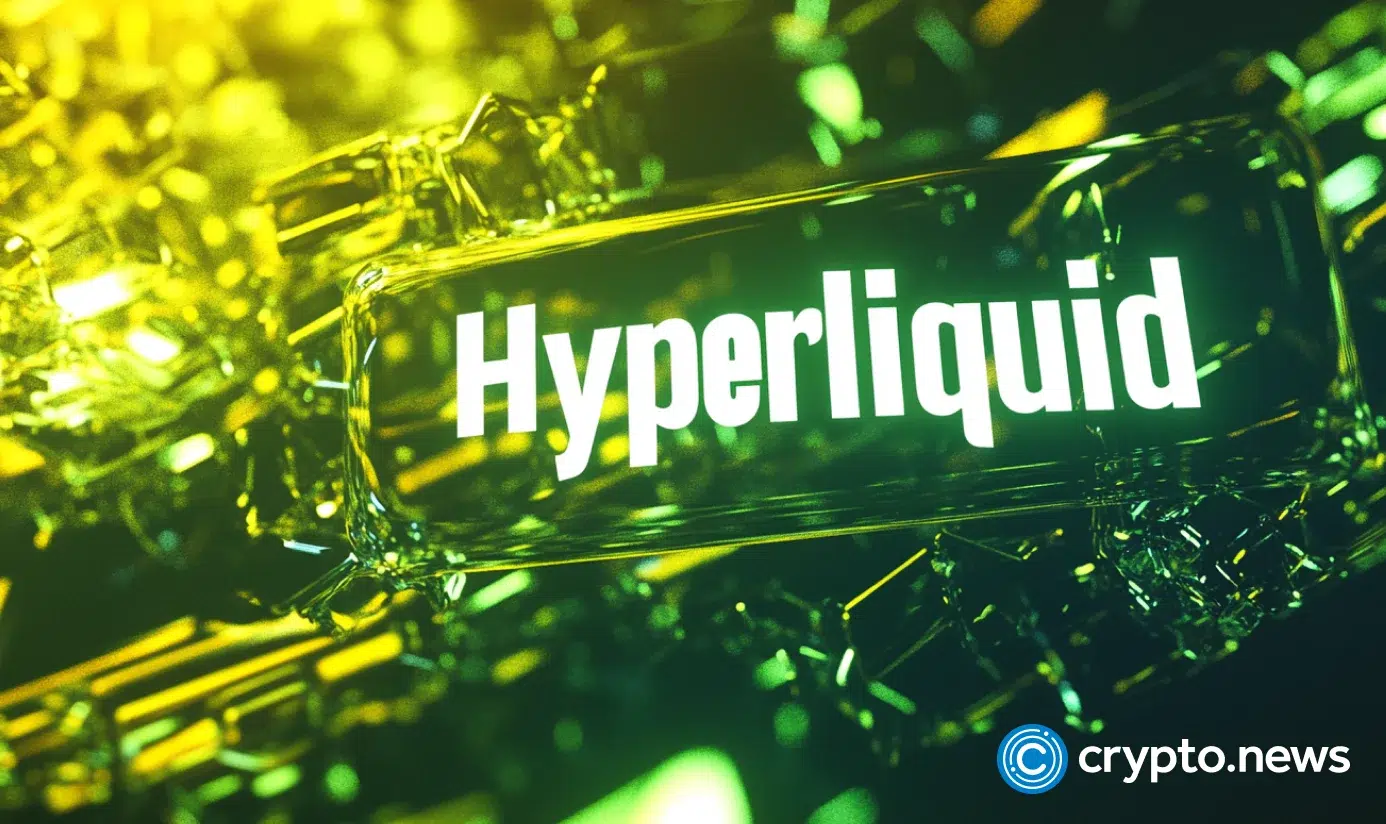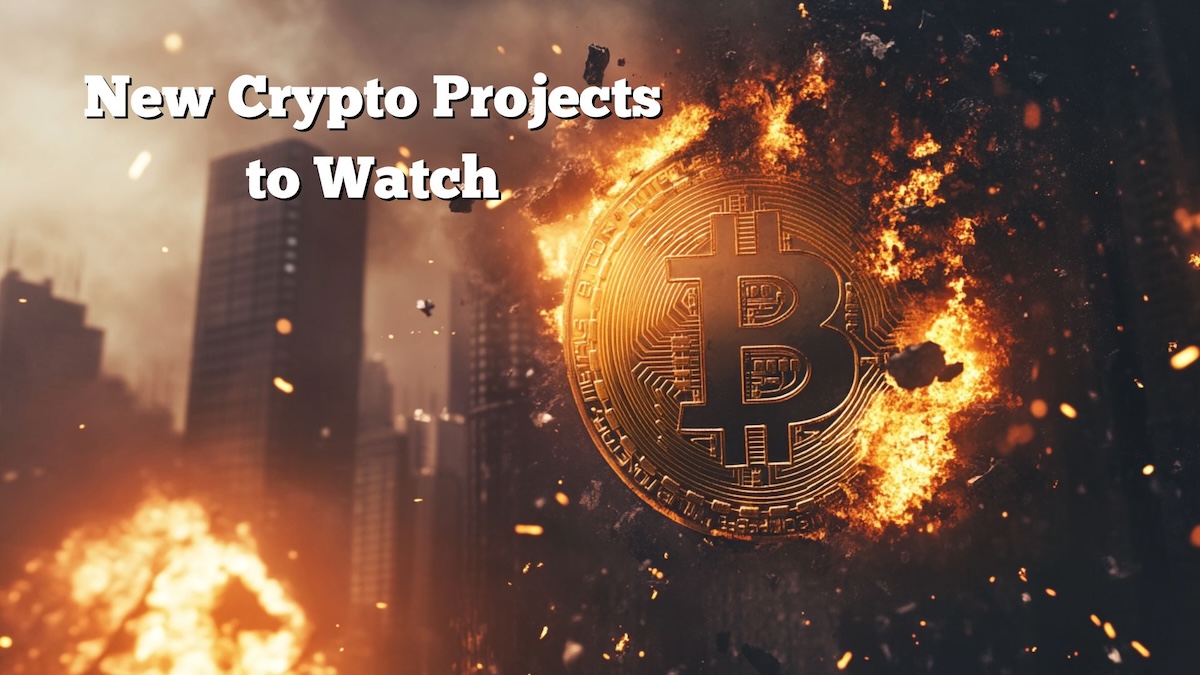BTC’s barren mempool has forced block reward miners to lower their transaction fee standards, exacerbating a ‘survival of the largest’ mentality that raises serious questions about the network’s future security.
- Empty BTC mempool = cheap transactions
- Decentralized theater more popular than ever
- Tether’s agribusiness subsidiary to boost mining ops
- June’s tale of the mining tape
The BTC blockchain’s incredible shrinking mempool shows no signs of rebounding from its current slump, which has seen the number of transactions awaiting space in a network block fall to lows not seen in 18 months.
As we noted last week, the trend of corporations buying BTC for their ‘treasuries’ while retail customers steer clear has turned the ‘peer-to-peer electronic cash’ described in the Bitcoin white paper into “a completely custodial asset run by governments and institutions.”
Bitcoin creator Satoshi Nakamoto’s long-term plan for network security was to have transaction fees eventually supplant block rewards subsidy (which are reduced by one-half roughly every four years). However, BTC’s lack of utility means that no one uses the token for everyday transactions, leaving miners with an unworkable economic model.
Fees currently represent less than 1% of BTC miners’ revenue, shrinking to levels not seen since the depths of ‘crypto winter’ in late 2022. That shrinkage is even more alarming given that BTC’s token price is reaching new all-time highs, which is supposed to be a sign of a bull market.
The situation has grown so deplorable that miners have rethought their longstanding refusal to process transactions with fee bids lower than one sat/vByte. Users have been taking advantage of miners’ perceived desperation by continually bidding lower, leaving most of the few transactions available to mine falling below this previous floor price.
As first reported by Protos, the pile of below-minimum-fee transactions awaiting validation continued to grow, to the point that the temptation/frustration grew too much for cash-strapped miners to ignore. The fifth-ranked SpiderPool caved first, but others quickly followed. The net result was a collective reduction in the minimum transaction fee to a mere 0.1 sat/vByte.
This would be fantastic news for the network if it were not for the inconvenient truth that BTC’s artificially constrained bandwidth makes it impossible for a sufficient number of these cheap transactions to be processed in a single block to serve as a true financial backstop. Meaning this is a temporary salve for miners (and the network), not a long-term solution.
Decentral station
Some miners have adapted to their unfortunate financial reality by ‘pivoting’ their operations to AI data centers, which offer a far more reliable revenue stream (not to mention being of actual benefit to society, unlike BTC’s ‘digital gold’ non-state lottery). Others have given up mining BTC in favor of raising quick cash from investors to simply buy BTC (or other tokens) for their new ‘treasuries.’
But as more and more miners abandon their unprofitable mission—a phenomenon known as miner capitulation—miner concentration increases. Just three pools—Foundry USA, Antpool, and F2Pool—are responsible for nearly 60% of BTC’s hashrate, with the first two accounting for nearly half the overall pie.
This not only makes a mockery of BTC’s self-declared identity as a ‘decentralized’ network, but it also transforms the threat of network manipulation from theoretical to possible.
And the centralization doesn’t end with who finds the most blocks. The second-largest pool (AntPool) is run by Jihan Wu, CEO of China-based mining hardware maker Bitmain, which accounts for 90% of the ASIC rigs used by miners today.
The largest pool (Foundry) is controlled by Barry Silbert’s Digital Currency Group (DCG), a once-mighty entity that has been struggling financially ever since it was caught with its financial pants down during the aforementioned crypto winter. In May, creditors of DCG’s bankrupt digital asset lending unit Genesis Capital accused “Silbert and his cronies” of having “recklessly operated, exploited, and then bankrupted Genesis following a spectacular campaign of fraud and self-dealing.”
DCG is an investor in Blockstream, a major BTC infrastructure provider. Many prominent figures involved in Blockstream, both past and present, also play/played major roles at Bitcoin Core, which maintains BTC’s node software.
Bitcoin Core/Blockstream developers were largely responsible for ensuring the network didn’t proceed down the path that would have allowed individual network blocks to carry a sufficient number of transactions to make mining profitable as block rewards shrink.
The Financial Times reported this week that Blockstream’s founder/CEO, Adam Back, is in “late-stage talks” to contribute up to 30,000 BTC tokens worth ~$3 billion to a new ‘treasury’ firm being cooked up by Cantor Fitzgerald (NASDAQ: ZCFITX). (Cantor announced a similar deal with stablecoin issuer Tether a couple of months back.)
Back once declared that “individuals using a peer to peer ecash, are the very reason for existence of Bitcoin.” Back now believes that the one true path is handing BTC to Wall Street investment bankers to launch a company that does nothing but warehouse tokens while selling shares in that company (at a premium to the value of its BTC) to ‘individuals’ who don’t know better.
It’s almost as if Back recognizes that it will never get better than it is right now, and this window could close at any moment.
Tether going back to the (mining) farm
Adecoagro has ‘sustainable’ agricultural operations in Brazil, Argentina, and Uruguay, but also claims to have “more than 230MW of electrical generation capacity from renewable sources across South America.” Newly installed chairman Juan Santori said Adecoagro’s shift into BTC mining represents “a new intersection between agriculture, energy, and technology.”
Ardoino said Adecoagro’s shift represented Tether’s “growing commitment to renewable-powered bitcoin mining and highlights the potential to align agricultural energy production with cutting-edge digital infrastructure.” Part of this alignment will predictably see Adecoagro “use this mining project to initiate certain strategic exposure to Bitcoin in its balance sheet.”
Tether has been cagey regarding the specifics of its mining operations in Latin America, but in April, it announced its “intention to deploy both existing and future hashrate” on Ocean, a ‘decentralized’ (don’t get us started) mining pool. Tether also boosted its stake in mining operator Bitdeer (NASDAQ: BTDR) to ~25% last month.
As usual, miners’ June 2025 production reports are listed below in descending order of magnitude. It should be noted that, in keeping with trends discussed above, fewer and fewer miners are disclosing their monthly output. This is either because mining is no longer their primary focus, they’ve gotten out of mining entirely, the numbers are no longer impressive, or they figure investors no longer care.
For example, Core Scientific (NASDAQ: CORZ) has effectively signaled that it’s out of the running following its (since confirmed) takeover by AI infrastructure provider CoreWeave. Bit Digital (NASDAQ: BTBT) announced last month that it was also getting out of the mining business. TeraWulf (NASDAQ: WULF) hasn’t reported any monthly numbers since January, BIT Mining (NYSE: BTCM) hasn’t done so since March, and Bitfarms (NASDAQ: BITF) since April.
Hut 8 (NASDAQ: HUT) hasn’t issued any numbers since its late-March announcement that it was transferring its mining operations to the Trump-linked American Bitcoin Corp (ABTC), which has yet to release any production updates as it prepares to list on the Nasdaq.
At any rate, here’s the tale of the (slimmed-down) tape for June.
- MARA (NASDAQ: MARA) produced 713 BTC in June, down from May’s record 950. As with many miners with operations in Texas, MARA was required to curtail its activities to take some strain off the state’s electricity grid, while the company said it was also less lucky last month than it was in May. MARA’s BTC treasury stood at 49,940 tokens as of June 30, good enough for second place overall behind Strategy (NASDAQ: MSTR) on the corporate list.
- CleanSpark (NASDAQ: CLSK) mined 685 BTC in June, just slightly behind May’s 694, but its operational hash rate hit the magical 50 EH/s by month’s end. CleanSpark sold 578.5 BTC in June, nearly twice May’s sales total, part of its ongoing responsible capital management plan. CleanSpark’s BTC treasury stands at 12,608 tokens, seventh-highest on the corporate list.
- Iris Energy (NASDAQ: IREN) produced 620 BTC in June, seven fewer than in May, despite hashrate rising nearly three points to 41.1 EH/s. However, that rate has also since topped the 50 EH/s mark. IREN’s AI Cloud Services revenue was flat month-on-month at $2.2 million.
- Riot Platforms (NASDAQ: RIOT) mined 450 BTC in June, down 12% from May’s 514, as average operating hashrate fell nearly two points to 29.8 EH/s. Riot sold 397 BTC last month, but its BTC treasury still grew to 19,273, ranking fourth overall and second only to MARA in the mining category. Riot earned $5.6 million last month from its power credit deals with state-level grid providers, a significant boost from May’s $2.3 million. On July 16, Riot announced the latest reduction of its stake in rival Bitfarms to 9.85%, the third such reduction this month, almost halving from its high of nearly 19% last year.
- Cango (NYSE: CANG) also produced 450 BTC in June, down from 484.5 in May, despite no change in hashrate (30 EH/s). However, Cango says it crossed the 50 EH/s threshold late last month after completing the installation of some newly acquired rigs. Cango didn’t sell any tokens last month, bringing its treasury to 3,879 BTC.
- BitFuFu (NASDAQ: FUFU) bucked June’s downward trend by self-mining 58 BTC, up from 43 in May. Its cloud mining customers enjoyed an 11.3% rise, producing 387 last month for a company-wide total of 445, BitFuFu’s most productive month this year. Hashrate improved 6.2% to 36.2 EH/s while total power capacity was up nearly 12% to 728MW.
- Bitdeer was also in positive territory (just), producing 203 BTC in June, seven more than May. Overall hashrate improved 11.7% to 30.6 EH/s, while self-mining hashrate rose more than one-fifth to 16.5 EH/s, thanks to the number of self-owned rigs jumping by 11,000 to 114,000.
- Hive Digital (TSXV: HIVE) mined 164 BTC in June, up sharply from May’s 139, thanks to ramped-up operations in Paraguay. Hashrate averaged 11 EH/s in June, 2.5 points better than May. That number rose to 12 EH/s on July 11, representing a doubling of hashrate since the year began, and the company expects to hit its 25 EH/s target by November. In June, Hive’s HPC subsidiary, BUZZ High Performance Computing, struck a deal to acquire a 7.2 MW Tier 3 data center in Toronto that will support up to 5,000 next-gen GPUs.
- Cipher Mining (NASDAQ: CIFR) collected 160 BTC in June, down 19 from May, despite hashrate rising over three points to 16.8 EH/s. It should be noted that the 160 figure includes five tokens that the company didn’t produce, but received the equivalent cash value for turning off its rigs when Texas requested. Cipher sold 58 BTC last month, allowing its treasury to improve to 1,063 tokens.
- Finally, Canaan Inc. (NASDAQ: CAN) produced 88 BTC in June, down from its record 109 BTC in May, reflecting weather-related curtailments in Texas and Ethiopia. The month-end operating hashrate fell to 6.6 EH/s, but the company says it expects to install rigs that can produce an additional 1 EH/s by month’s end.
Watch: Chronicle Upgrade, Teranode, and Bitcoin Stewardship

















 English (US) ·
English (US) ·